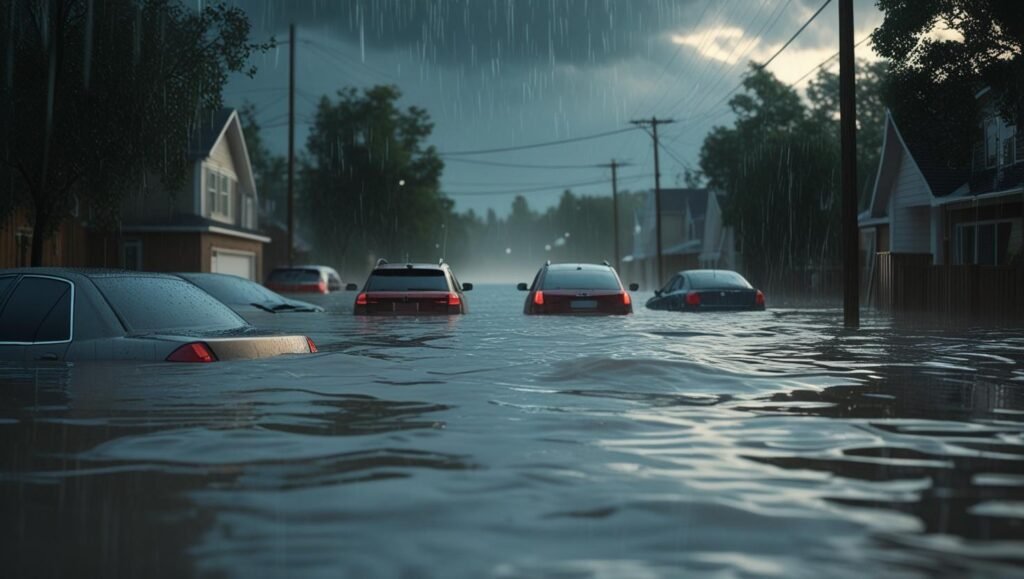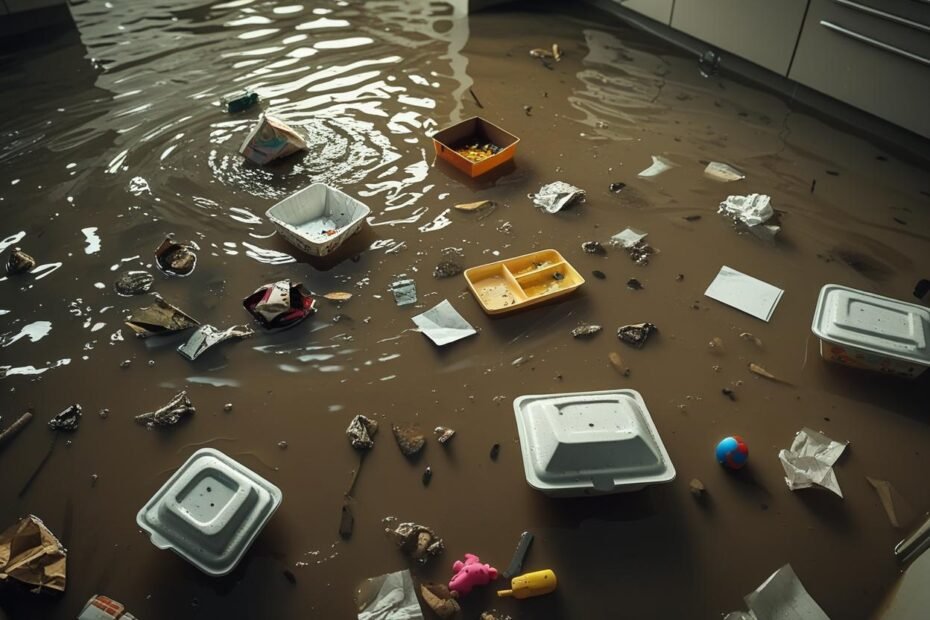Floods don’t discriminate. Whether you live in a rural town, a suburban neighborhood, or a dense urban area, rising water can threaten your home, your safety, and your life. In mountainous regions, where elevation seems like a safeguard, flash floods can descend without warning. Knowing the difference between types of floods, and how to react, can mean the difference between life and death.
How Floods Happen—And Where
Flooding can occur anywhere heavy rainfall, snowmelt, or blocked drainage overwhelms the land. In rural areas, saturated soil and poor drainage systems are culprits. In the suburbs, overdevelopment creates runoff that storm drains can’t handle. Mountain towns face flash floods triggered by sudden storms or snowpack melt, racing downhill with terrifying speed. Even urban cities, with all their infrastructure, aren’t safe—aging sewers, impermeable surfaces, and riverbanks often give way.
Flash Floods vs. Traditional Floods
Not all floods are the same. Traditional flooding builds up slowly, offering time to evacuate or sandbag. Flash floods, however, strike with almost no warning. Water can rise several feet in minutes, sweeping away cars, roads, and homes. Because of this, flash floods require rapid, decisive action. If you see water rising quickly—move to higher ground immediately.
How to Prepare Before the Flood
- Know your risk: Check FEMA flood maps for your area.
- Have a go-bag: Include water, food, flashlight, cash, clothes, important documents, and first aid
- Elevate utilities: Raise electrical systems above expected flood levels.
- Install check valves: Prevent water from backing up through drains.
- Plan evacuation routes: Practice them with your family.
Preparedness saves lives. Additionally, consider flood insurance—most standard policies don’t cover it.
What to Do During a Flood
If you’re in a house:
- Move to the highest safe level, but avoid attics without ventilation.
- Turn off gas, electricity, and water if it’s safe.
- Never enter flooded basements—electrocution is a risk.
- Keep emergency supplies nearby.
If you’re in a car:
- Never drive into floodwaters. Just six inches of water can stall your engine. Two feet can carry most vehicles away.
- If water is rising around your car, get out and move to higher ground.
- Don’t try to “outrun” flash floods through low-lying roads or underpasses.

True Flood Survival Stories
Story 1: Suburban Basement Nightmare
Karen from Pennsylvania thought the storm would pass. Instead, the creek behind her house overflowed. Her basement filled within minutes. She grabbed her emergency bag, retreated upstairs, and kept in touch with family by radio. Thanks to her prior drills and emergency kit, she was safe until help arrived the next morning by boat.
Story 2: Mountain Flash Flood Escape
In Colorado, two hikers were caught when a storm upstream sent a wall of water barreling through a narrow canyon. Paul and his friend had moments to react. Remembering survival training, they scrambled up a rocky slope just as the water roared past. Their quick thinking—and knowledge of flash flood behavior—saved their lives.
Final Thought: Stay Ready
Flooding is no longer just a coastal or riverside threat. With changing weather patterns, it’s affecting more regions than ever before. Stay alert. Stay informed. Prepare today—because when the waters rise, seconds count.
⸻
Ready to build your flood survival plan?
Download our free Flood Preparedness Checklist and subscribe for more expert tips on disaster readiness.
